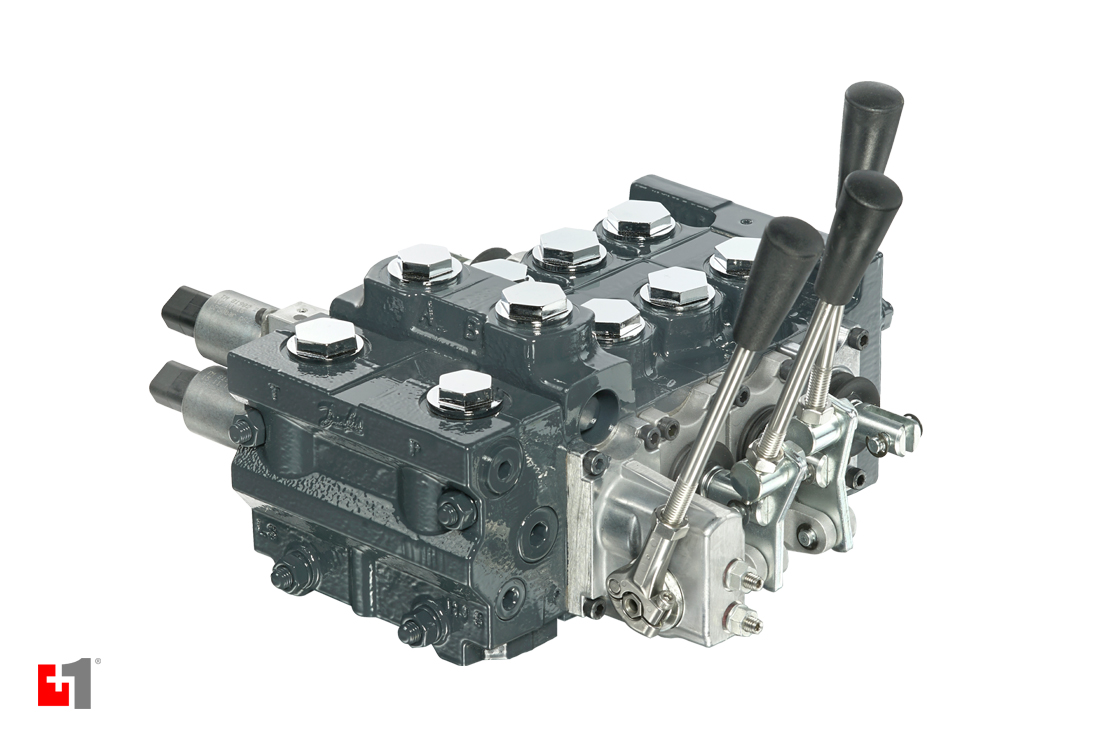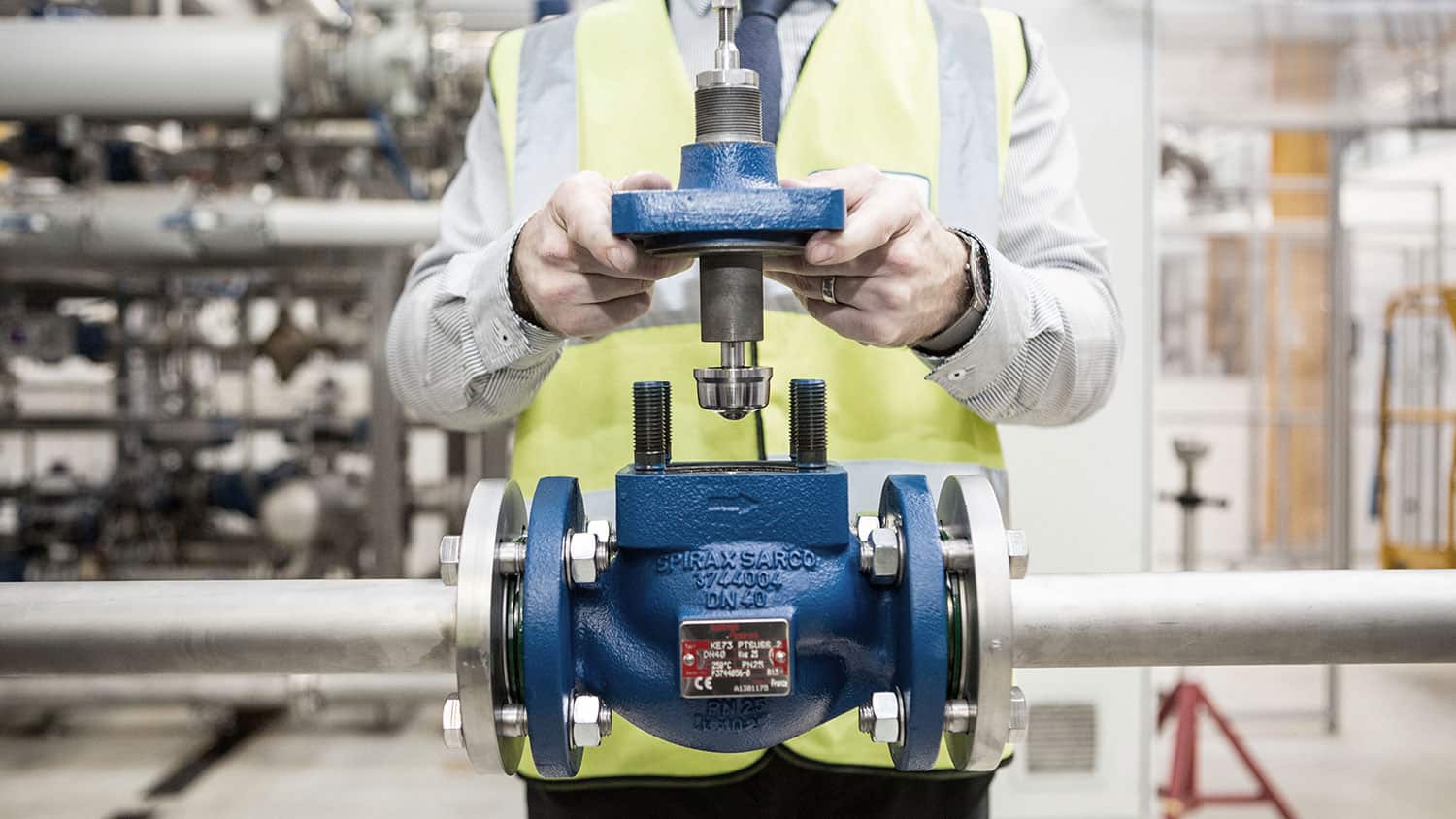Enhancing Functional Performance with Advanced Control Valves
Enhancing Functional Performance with Advanced Control Valves
Blog Article

Maximize Energy Financial Savings and Convenience With Advanced Structure Automation Controls
In the world of modern style and center administration, the integration of sophisticated structure automation regulates stands as a crucial improvement. By harnessing the power of automation, buildings can adapt, respond, and advance in ways that were when unimaginable.
Energy Performance Advantages
Power efficiency advantages can considerably lower energy consumption and functional expenses in buildings. By applying energy-efficient practices and technologies, structure owners and drivers can attain significant savings while additionally adding to environmental sustainability. Among the primary advantages of improving energy performance in buildings is the reduction of utility bills. Energy-efficient systems, such as sophisticated structure automation controls, can optimize the use of resources like heating, cooling, and lighting, resulting in lower energy costs gradually.
In addition, improved power effectiveness can lengthen the life-span of building devices and systems. By operating much more effectively, cooling and heating systems, light, and other structure elements experience less wear and tear, leading to reduced upkeep and substitute expenses. In addition, energy-efficient buildings commonly command higher property values and rental prices, supplying long-lasting economic benefits to proprietors.
Moreover, energy effectiveness can enhance owner comfort and productivity. Appropriately managed indoor environments with optimum lights and thermal conditions create an even more conducive and enjoyable workspace, causing improved worker contentment and efficiency. In general, the energy performance advantages connected with innovative structure automation controls are multifaceted, encompassing cost financial savings, environmental stewardship, and owner health.
Enhanced Comfort Control
Enhancing comfort control in building environments requires an advanced assimilation of advanced automation systems for optimal resident wellness. By making use of advanced structure automation controls, centers can customize the interior environment to meet the certain requirements and choices of occupants. These systems enable accurate policy of temperature, air flow, and lighting, creating a comfy and efficient ambience. Owner satisfaction and performance are very closely connected to thermal comfort, making it important to have systems in position that can adjust to altering conditions in real-time.
By integrating these advanced controls, structures can not just boost convenience however also enhance power performance by optimizing system procedures based on actual occupancy and usage patterns. Inevitably, focusing on passenger convenience via innovative automation systems leads to a much more delightful and much healthier interior setting.
Operational Performance Improvements

Furthermore, the execution of real-time surveillance and analytics devices makes it possible for building drivers to identify energy inadequacies and operational abnormalities without delay. By continually monitoring power usage patterns and system efficiency metrics, modifications can be made in real-time to optimize power usage and ensure peak operational efficiency. control valves. Furthermore, incorporating demand action methods right into structure automation controls can better improve operational performance by dynamically adjusting energy use based upon grid conditions and rates signals
Indoor Climate Optimization
Effective indoor environment optimization is a fundamental facet of building automation controls, making sure residents' convenience and well-being while maximizing energy financial savings. By making use of sophisticated sensors and controls, developing automation systems can constantly change and check temperature, moisture degrees, air top quality, and air flow to create an ideal indoor environment. Maintaining comfortable and consistent problems not just boosts resident fulfillment however also enhances efficiency and overall well-being.
Indoor environment optimization likewise plays an essential role in power efficiency. By fine-tuning home heating, air flow, and cooling systems based on real-time information and tenancy patterns, developing automation controls can significantly decrease energy intake - control valves. For instance, get more implementing techniques such as demand-controlled air flow and thermal zoning can aid lessen energy waste while making certain that each area of the structure obtains the required conditioning.

Sustainable Environment Development
Building automation regulates not just maximize indoor environment conditions for energy effectiveness and occupant comfort yet likewise lay the foundation for developing a lasting atmosphere through critical administration of resources and systems. By integrating sophisticated structure automation modern technologies, such as sensors, actuators, and smart software application, centers can readjust and keep track of power usage in real-time to lessen waste and reduce their carbon impact. These systems allow anticipating maintenance, recognizing potential issues prior to they escalate and enhancing tools performance to improve longevity and performance.
Moreover, sustainable setting creation expands beyond energy administration to incorporate water conservation, waste reduction, and indoor air top quality improvement. Building automation controls can regulate water use, find leakages, and ensure proper waste disposal techniques, adding to total sustainability initiatives. Additionally, by checking and managing air flow and filtering systems, these innovations boost resident health and productivity while decreasing energy intake related to heating and cooling operations.
Final Thought
In final thought, progressed building automation regulates deal substantial advantages in regards to energy cost savings, comfort control, operational look at more info performance, interior environment optimization, and developing a sustainable atmosphere. By executing these controls, buildings can attain optimum performance while decreasing energy intake and enhancing passenger comfort. It appears that the usage of innovative automation innovation is essential in improving building efficiency and producing a more sustainable future.
Energy performance advantages can dramatically minimize energy usage and operational prices in buildings. On the whole, the power Related Site performance advantages linked with advanced structure automation controls are multifaceted, encompassing price financial savings, environmental stewardship, and owner wellness.
In addition, incorporating demand reaction methods into structure automation controls can better boost operational effectiveness by dynamically readjusting power use based on grid problems and rates signals.
Structure automation controls not only enhance indoor climate conditions for energy performance and owner convenience yet also lay the structure for developing a lasting setting via strategic management of systems and resources.In verdict, progressed structure automation manages offer significant advantages in terms of power cost savings, comfort control, operational efficiency, interior climate optimization, and creating a lasting atmosphere.
Report this page